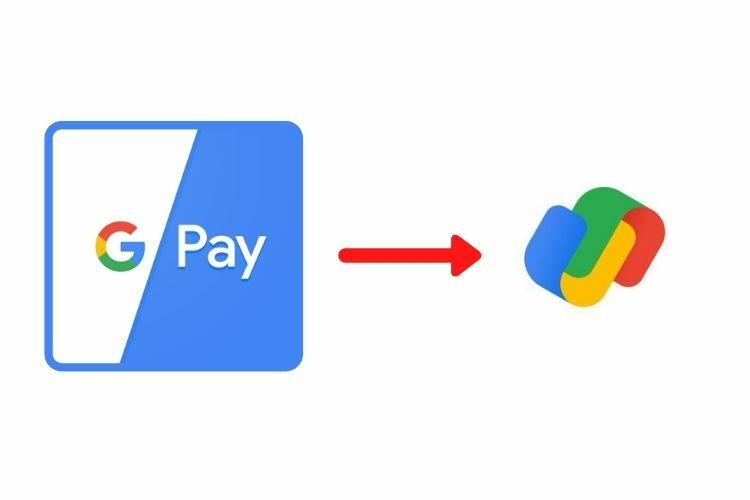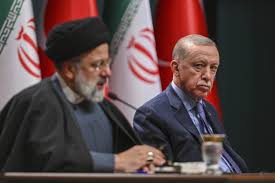Mastering GPay: A Comprehensive Guide to Sending Money in India and Beyond

🇮🇳 Complete Guide to Sending Money with Google Pay (GPay) in India
🔧 Getting Started: One-Time Setup
Before using GPay for transactions, follow these steps:
- Install & Verify
- Download from Google Play Store or Apple App Store.
- Verify the phone number registered with your bank.
- Link Bank Account
- Tap your profile icon > Payment Methods > Add Bank Account.
- Choose your bank from the list.
- Verify Account
- GPay sends an SMS for verification. Ensure SMS balance is available.
- Set UPI PIN
- Enter your debit card details (last 6 digits + expiry date).
- Set a 4 or 6-digit UPI PIN.
⚠️ Never share your UPI PIN.
💸 Four Ways to Send Money Domestically (India)
1️⃣ By Phone Number
Best for contacts already using GPay.
Steps:
- Tap "Pay contacts" or use the search bar.
- Select a contact or enter their phone number.
- Tap Pay > Enter amount & optional note.
- Tap Proceed to pay > Enter UPI PIN.
✅ Instant transfer. No need for bank details.
2️⃣ By UPI ID (VPA)
Use when recipient shares a UPI ID like yourname@okaxis.
Steps:
- Tap "Pay UPI ID or number" > UPI ID.
- Enter and verify UPI ID.
- Tap Pay > Enter amount & note > UPI PIN.
✅ Works for all UPI apps, not just GPay users.
3️⃣ Direct Bank Transfer
Ideal when only account number & IFSC are available.
Steps:
- Tap "Bank Transfer" on the home screen.
- Enter:
- Account number (twice)
- IFSC code
- Recipient’s name
- Tap Continue > Enter amount > UPI PIN.
✅ Traditional method, suitable for any Indian bank account.
4️⃣ Scan Any QR Code
Perfect for merchant payments or bill settlements.
Steps:
- Tap "Scan QR" on home screen.
- Point camera at merchant's QR code.
- Enter amount > Proceed to Pay > UPI PIN.
✅ Fastest for in-person transactions.
🌍 International Payments with GPay
🌐 UPI International for Indian Travelers
Use Indian accounts to pay abroad (in select countries).
Supported Countries: UAE, Singapore, Mauritius, Nepal, Bhutan
How It Works:
- Activate "UPI International" from GPay.
- Scan merchant QR abroad.
- Confirm amount in INR + exchange rate shown.
- Pay with UPI PIN.
✅ No card required. Uses existing bank account.
💸 Remittance to India via GPay (U.S. to India)
For foreign users sending money to Indian accounts.
Integrated Partners:
- Wise
- Western Union
Process:
- Sender uses GPay (U.S. version).
- Chooses recipient in India.
- Selects partner (Wise or Western Union).
- Pays using card or account.
- Funds credited to recipient’s Indian bank account.
📌 Exchange rates and service fees are set by the third-party provider, not GPay.
✅ Summary: GPay Transfer Methods at a Glance
Transfer Method Requires Best Use Case Platform
| Phone Number | GPay app + contact | Friends, family, regular contacts | Domestic
| UPI ID | Recipient's VPA | Online payments, non-contacts | Domestic
| Bank Transfer | Account No. + IFSC | To non-GPay users or formal needs | Domestic
| QR Code | Merchant QR | In-person shopping | Domestic
| UPI International | Active UPI & SMS | Traveling abroad | Intl
| Intl Transfer (via Wise/WU) | US-based GPay | Sending money to India | Intl
🔐 Security Tips
- Always verify recipient details before sending.
- Never share your UPI PIN, OTP, or debit card details.
- Use biometric lock or app lock for extra security.
League Manager Editorial Team





Leave a Comment